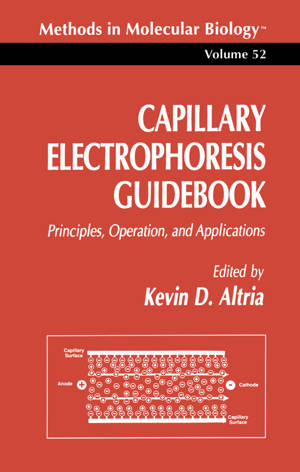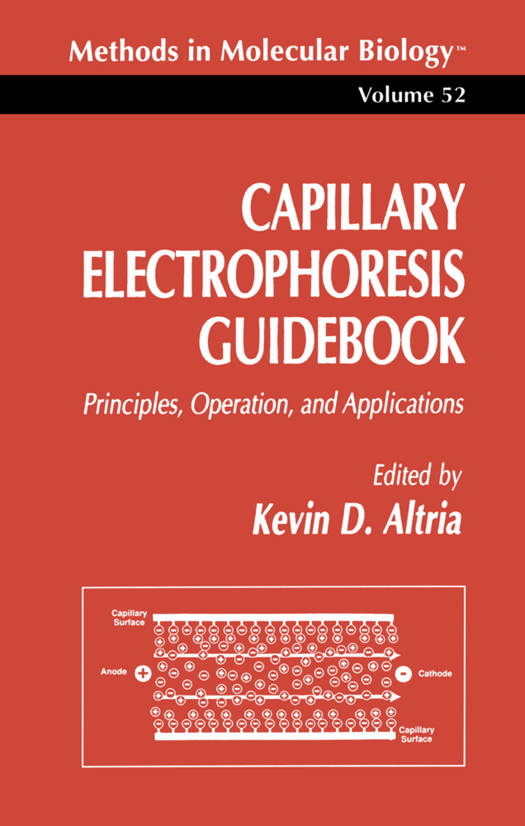
- Afhalen na 1 uur in een winkel met voorraad
- Gratis thuislevering in België vanaf € 30
- Ruim aanbod met 7 miljoen producten
- Afhalen na 1 uur in een winkel met voorraad
- Gratis thuislevering in België vanaf € 30
- Ruim aanbod met 7 miljoen producten
Zoeken
€ 153,95
+ 307 punten
Uitvoering
Omschrijving
This book is intended to be a working guide to the operation of capillary electrophoresis (CE) instrumentation. Since CE is still a rap- idly maturing technique, detailed validated protocols are not widely established. Therefore, extensive experimental procedures are not pro- vided for individual analyses. The intention is to provide general guide- lines on the principles and practice of CE and to give an overview of the specific technologies and important application areas. Part I provides operating instructions for standard commercially available instruments. Guidelines are included for activities such as changing capillaries, method development, quantitative procedures, optimization of precision and sensitivity, and the validation of meth- ods, fraction collection, and troubleshooting, as well as a quick guide to running a separation. The application range of CE is possibly the most diverse of all analytical techniques and ranges from large, complex macromolecules, such as proteins and nucleic acids, to small solutes, such as organic drugs and inorganic anions and cations.
Specificaties
Betrokkenen
- Auteur(s):
- Uitgeverij:
Inhoud
- Aantal bladzijden:
- 349
- Taal:
- Engels
- Reeks:
- Reeksnummer:
- nr. 52
Eigenschappen
- Productcode (EAN):
- 9780896033153
- Verschijningsdatum:
- 2/11/1995
- Uitvoering:
- Hardcover
- Formaat:
- Genaaid
- Afmetingen:
- 163 mm x 237 mm
- Gewicht:
- 748 g

Alleen bij Standaard Boekhandel
+ 307 punten op je klantenkaart van Standaard Boekhandel
Beoordelingen
We publiceren alleen reviews die voldoen aan de voorwaarden voor reviews. Bekijk onze voorwaarden voor reviews.











